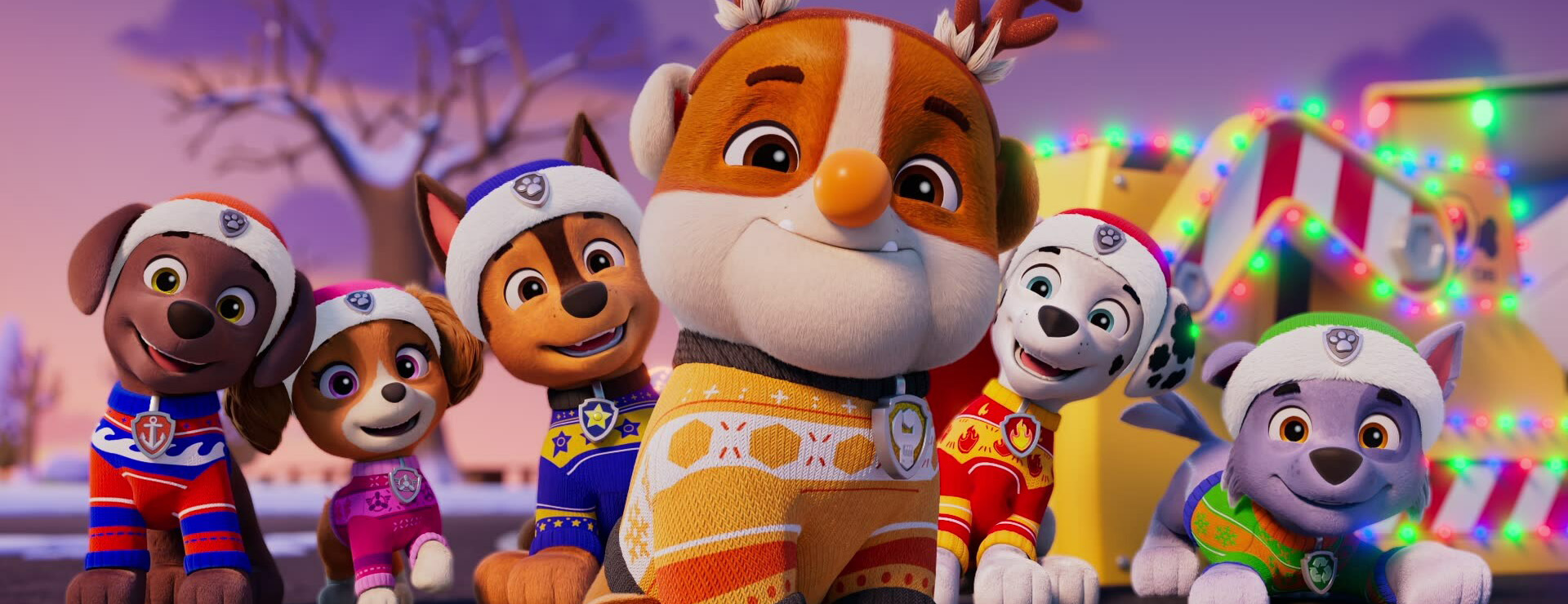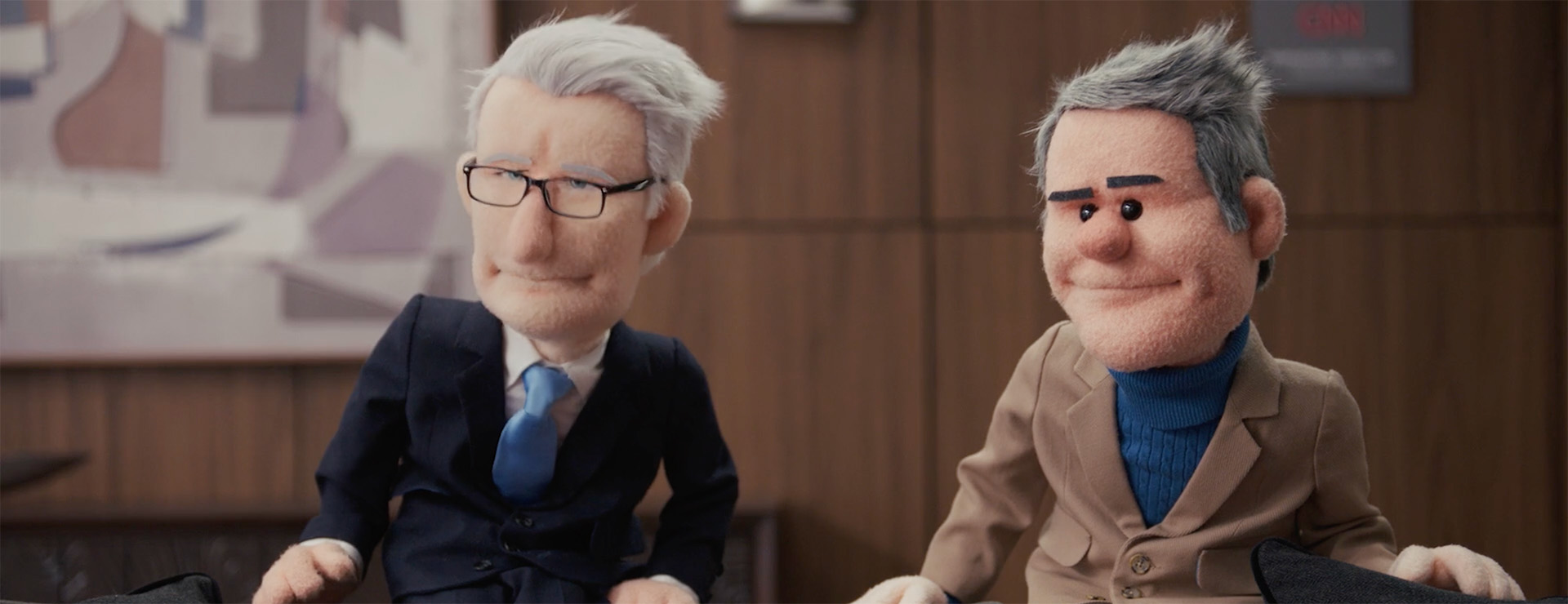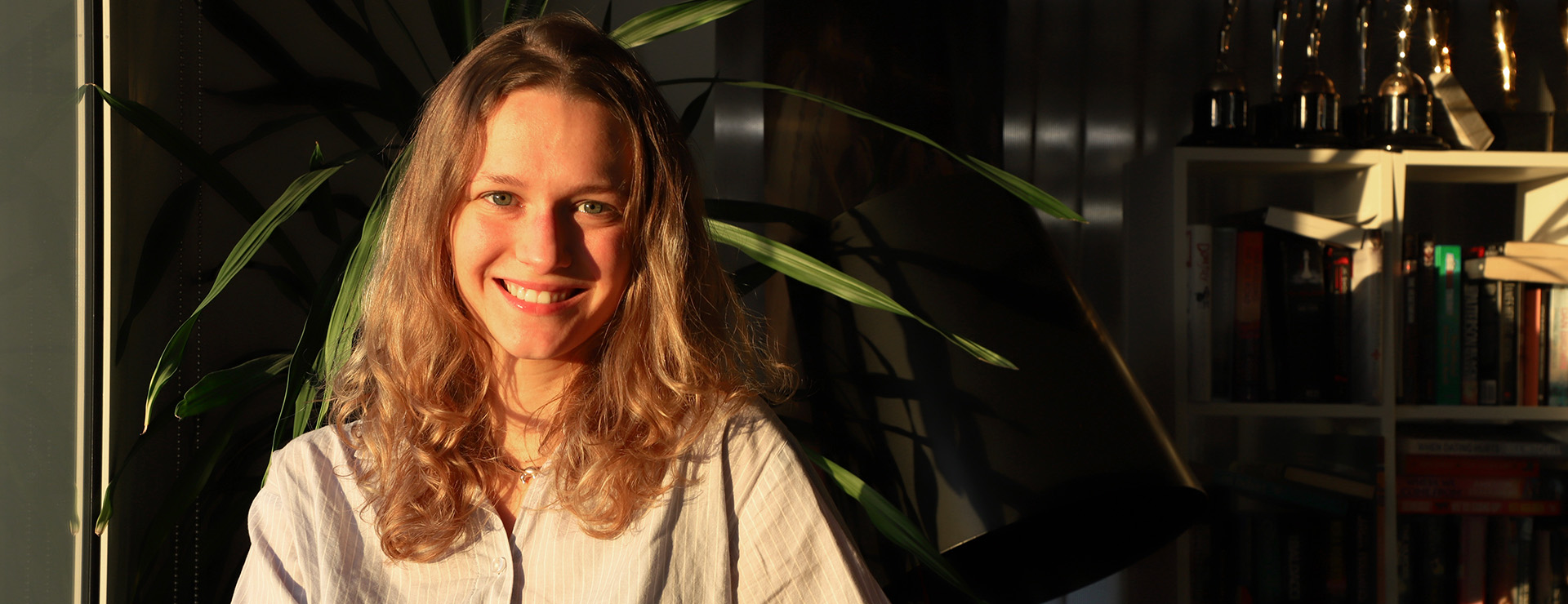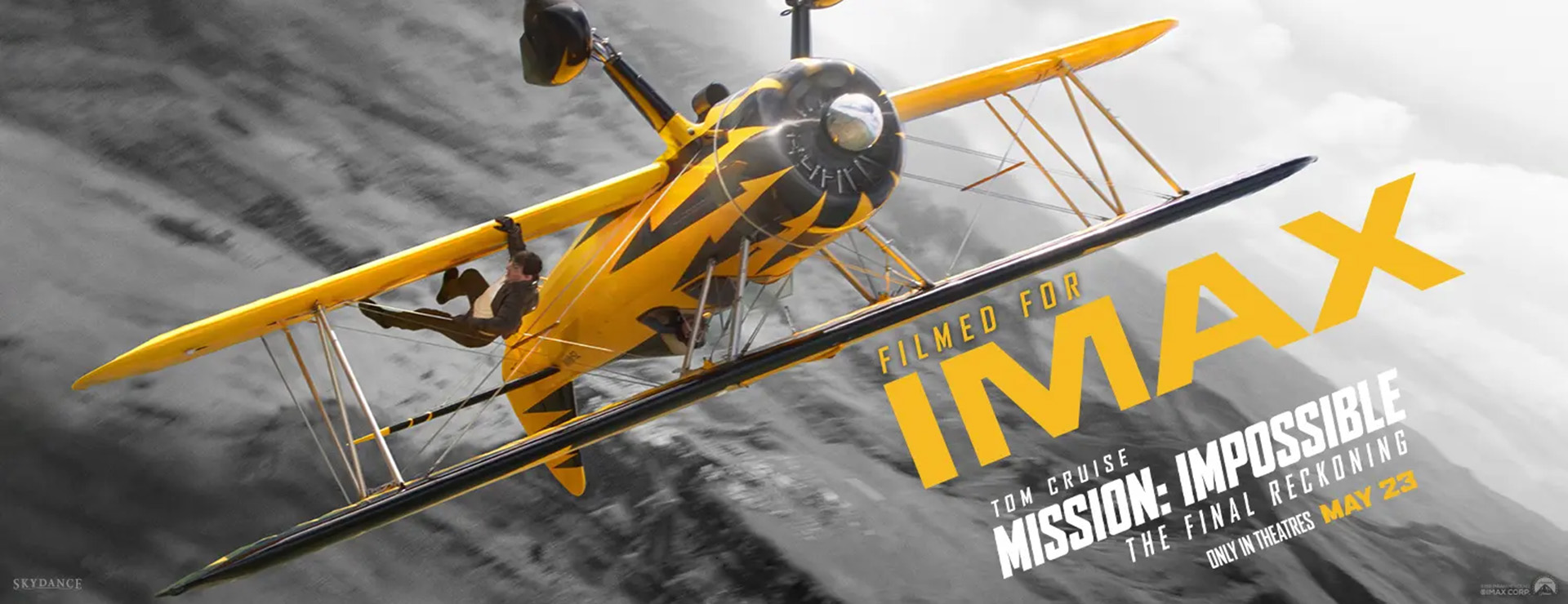Growing up, Amanda López only knew one Latino photographer in her hometown of Sacramento. But that didn’t deter her and she defied the odds by becoming a successful female Mexican-American photographer – so successful that her work is currently being shown in Amsterdam’s Rijksmuseum as part of an exhibition on American photography.
Prior to that, López’s work has appeared in exhibitions at New York City’s Museum of Modern Art and at Nashville’s Country Music Hall of Fame and Museum, and has been collected by the Smithsonian National Museum of American History and the Autry Museum of the American West.
López got her start in portrait photography and she still uses those principals in her work today, but over two decades, her style has evolved to become all her own. Among her clients are Netflix, A&E Networks, ESPN, PBS, Vice, Christie’s, Tribeca Films, Redtone Records and many more.
Spotlight chatted with Denver-based López about how she approaches her subjects, why she feels it’s her privilege to uplift the underrepresented, and how she brings herself to her art.
Spotlight: How did you get started in photography?
Amanda López: High school is when my interest in photography was first piqued. I have always liked the arts. For a long time, I wanted to be a painter, and then I discovered quickly that I wasn't very good at it. I took a photography class, kind of on a whim, because I went to a performing arts high school, and it was one of the classes you could take. And as soon as I picked up the camera, I felt a connection to it. I was like, ‘Oh, this is it. This is the art that I want to do and feel inspired to make.’ And so I switched from a desire to be a painter to photographer.
In high school, I also learned that you could also study photography in college, and that you could potentially make a living from it. That was really exciting. From high school to college, I studied photography, and then I started freelancing as soon as I could. I would say an important part of my story is that it took me ten years to go freelance from when I graduated college in 2004. I always had art-related jobs during that time – like working in galleries or photo studios – and I was always taking photos for other people. I was really just building my chopes during those ten years, learning the ropes, learning the business side of it and developing my eye more.
But it wasn't until 2014 when [my partner] Trevor [Traynor, also a photographer] and I moved to Los Angeles that things took off. There's a market in Los Angeles for freelancers that I wasn't finding in my hometown of Sacramento or even in San Francisco. What I wanted to do was editorial work and I was able to do that in Los Angeles.
Spotlight: What would you say is the art piece, the creative piece that goes into photography – the piece that is you, and that is not the camera?
Amanda López: I would say it's the person behind the camera's eye. I'm going to see things differently than the way you see things. We all have our own individual eyes. We all bring our experiences and our life into the work. Painters use colors to paint their canvases and to get out what they're trying to say. I use the camera to do that. I bring all of my inspirations, all of my traumas, and my life lessons, to the work.
Spotlight: How would you describe your style and the way you capture people? I really noticed your use of colors, which I would describe as bright, clear and straightforward.
López: I think the color part of it comes from my life experience as a Mexican-American growing up in a family where every single room in the house was painted in a different color. Everyone I knew had so much color around them as well. My dad was really into gardening and there were flowers, roses, and everything you could think of in our front yard. Growing up, I was just completely surrounded in color.

That’s an example of what I was saying, which is that we bring our life experience to the work. The way I see color is because of how I was raised. I would definitely say that my work is colorful. I think straightforward is the right word to use. I like to really see people when I'm photographing them. I come from a studio portrait background so that inspiration is also in the work. The goal for me is to always capture people in the most beautiful, honest way possible, and make them look amazing.

Spotlight: The colors and settings in your work are so clearly coordinated and intentional. How do you go about achieving that? Do you work with stylists and makeup artists?
López: There's definitely planning involved. In the early part of my career, especially working in editorial, you kind of show up and hope for the best, and you work with what you have. But as I've gotten older and deeper into my art-making practice, there is more planning that goes into it. I like to research people before I photograph them. I like to think about, even before I photograph them, how I might like to see them and what they might be comfortable doing. There are all of these layers, and color, as you've already picked up, is a big thing. If I know what they're going to wear for the project, I'm already thinking about what the background is going to be and what their makeup could be. What elements could I bring to make the image even more powerful? I'm always thinking about what I can bring to the work to make it even more special.
When I'm doing personal work, I'm working with stylists and makeup artists that I already know. A little shout-out to a stylist that I work with in LA, Liz Baca. She has a showroom where she sells vintage and she also does wardrobe for TV shows and movies. She's an incredible stylist, and I've known her since I lived in San Francisco.

I think that having makeup artists, stylists, hair folks on set elevates a photo. Those are things that I definitely like to add. Sometimes people already have their team that they like to work with but sometimes there's room for that, and I really like to work with my own team because then I know what we're going to make.
Spotlight: A throughline of your work is that it often features women of color. Can you talk about that and what that has meant for you commercially?
López: I grew up pre-internet and we didn't have a computer. I didn't get a computer until I was in college. So I didn't really have the access to look up other Mexican-American photographers. I only knew one when I was in high school, one person in Sacramento who was a Latino photographer who was making work and who was successful and had his own studio. But the more you can see what's possible, the more you know what's possible for yourself. So when I picked up the camera, I think subconsciously, I had a really strong desire and need to see myself reflected outside of like the Spanish-language television that we watched at home. As I progressed in my career, reflecting myself and my culture was something that was always really important to me. My favorite kind of stories – whether they’re editorial or commercial projects – are the ones that uplift underrepresented communities and underrepresented voices.
There are just as many women in the art world as there are men. But women just don't get the same opportunities for so many unfortunate reasons. I always felt like it was part of my responsibility – or just something that brings me a lot of joy, to be honest – to highlight underrepresented voices. That's really what I needed when I was growing up as a young artist, trying to figure out my voice, trying to figure out if I could make my living as a photographer. I came from a blue-collar family. Nobody in my family was an artist – well, actually, that's not true – everyone in my family is creative. But no one was making money as an artist, and so I had to figure that out on my own.
I recently photographed a story that I originally pitched to the Washington Post about Mexican designer Manuel Cuevas, who makes clothes for country superstars. He makes clothes for all kinds of celebrities, but what he's really known for is for making bespoke clothes for country artists. I found it so fascinating that this man grew up in Mexico and came to LA and started making all the clothes for Bonanza and other American TV shows. He's in his 90s now, so he's had a really long career, and he's still working.

Spotlight: You’ve mentioned a few already, but over your career so far, what are a few shoots or campaigns that you have particularly loved?
López: I worked on the Netflix show Gentefied as an on-set photographer and I also shot the key art.

The story was about a Chicano family in East LA and I could really relate to what was happening in the show. I got to be on set while the show was filming, and, that being my first time shooting on-set still photography, was a great learning experience. It was also really amazing to see a Latino show written by Latinos with a Latino cast. There was so much I could relate to. And to top it off, the creators, Marvin Lemus and Linda Yvette Chavez, were so kind. I think it's important to see kind people in the world for so many reasons, but I think especially while you are working. It brings me happiness to see that we can make amazing things while being kind to other people and to ourselves.
Another project that I shot editorially that was very exciting for me was photographing the Oscar-nominated actress of the movie Roma, Yalitza Aparicio Martínez. The Washington Post called me, and they asked me if I was free that day and if I spoke Spanish, and I said yes. Yalitza was the first person to pop into my mind because it was around the same time that the movie had been released. I thought, ‘wouldn’t it be amazing if it was Yalitza,’ and it was and that blew my mind.
That was an amazing shoot. I was beside myself to be able to photograph this Mexican-American artist who was being nominated for an Oscar and I got to speak Spanish with her and tell her how much I appreciated what she was doing. Those two shoots, I would say, have been the highlights of my career so far.
Spotlight: What's the last thing you've seen that you just thought was really cool? And it can be marketing, it can be creative, it can be photography, whatever strikes you.
López: Trevor and I went to the Rijksmuseum in Amsterdam because I was part of an American photography exhibit, and that exhibit was really cool. The Rijks is a renowned, internationally known, amazing museum. I had never been there – honestly, I hadn't heard of it before – and when I went to the exhibition, I didn't know what to expect. And as soon as Trevor and I walked into the exhibition, we were just blown away by the photographers that were in the show that we had both learned about in college. To see it all in one space was special.















